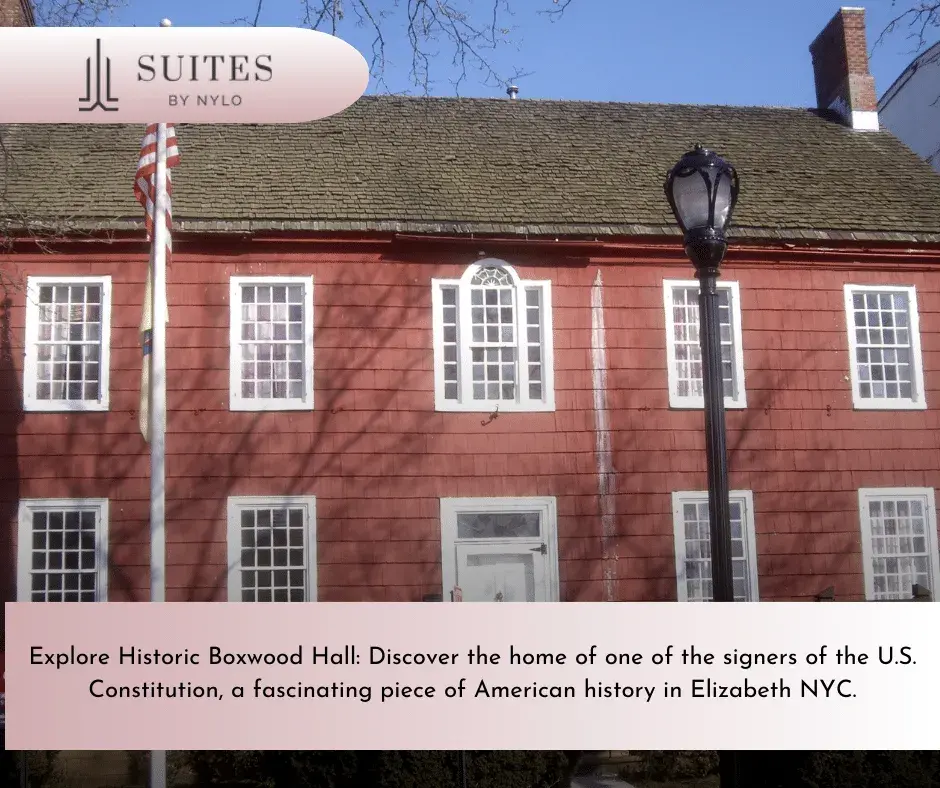Boxwood Hall, nestled in Elizabeth, NYC, is more than just a typical colonial house; it is a piece of American history. Once the residence of Elias Boudinot, a notable signer of the U.S. Constitution, this Georgian-style mansion is a testament to the architectural finesse and political vigor of the 18th century. From its symmetric facade to the intricate woodwork inside, every detail of Boxwood Hall echoes the era’s craftsmanship. This historical monument, with its traditional sash windows, hipped roof, and original fireplaces, invites us to explore the rich political and architectural legacy of the founding period.
The Life and Times of Elias Boudinot
Diving into the annals of history, we find Elias Boudinot Elizabeth, NYC, a prominent figure whose life and times were inextricably woven with the fabric of Boxwood Hall’s rich and storied past. Boudinot, a lawyer and statesman, was a key player in the early American government, serving as President of the Continental Congress from 1782 to 1783.
His tenure at Boxwood Hall marked a significant period in the 18th century when the hall was a hub of political activity. Boudinot’s contributions to American history were profound, including his signing of the Treaty of Paris, which officially ended the Revolutionary War.
His life, filled with political intrigue and civic duty, is a testament to the rich tapestry of history that Boxwood Hall represents.
Architectural Highlights of Boxwood Hall
Stepping away from the illustrious history of its inhabitants, Boxwood Hall itself presents a unique blend of architectural elements that reflect the tastes and influences of the 18th century. This is seen in a variety of ways:
- The Georgian architectural style exemplified in its symmetrical facade and balanced proportions.
- The stately interior woodwork, bearing witness to the craftsmanship of the period.
- The classic hipped roof, a defining feature of the Georgian design.
- The traditional sash windows, a technological innovation of the time.
- The original fireplaces, once a central part of daily life, serve as a testament to the era’s domestic practices.
Through these architectural features, Boxwood Hall invites us to step back in time and feel a sense of belonging with our nation’s rich and complex past.

